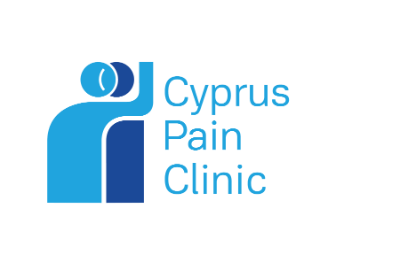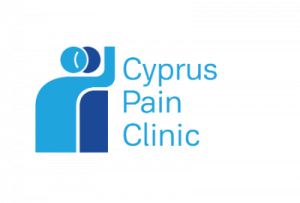Causes, types, and treatment options
The Phenomenon of Cancer Pain
Pain is usually the chief complaint in patients presenting to a doctor’s office. The same applies to every patient diagnosed with cancer, as pain is a sign that can be used to determine whether cancer is present or getting worse.
Today, a large number of patients experiences cancer pain. In particular, 64% of cancer patients report experiencing pain at all stages of the disease, while 59% of patients report feeling pain while receiving therapy. Even after treatment, 33% of patients report pain.
World Health Organization (WHO) considers pain relief to be a critical humanitarian need. When paired with oncology treatments, the numerous alternatives for pain medications and interventional therapies can significantly reduce suffering and enhance patients’ Quality of Life.
However, it is estimated that only about 10%-15% of pain patients receive adequate pain management, while the remaining percentage receive poor management, especially in their last stage of life.
In many cases, cancer pain is treated exclusively with medication by the patient’s oncologist, while minimally invasive techniques and alternative techniques are either delayed or omitted. Consequently, patients are not receiving an holistic treatment that will most effectively contribute to pain relief.


